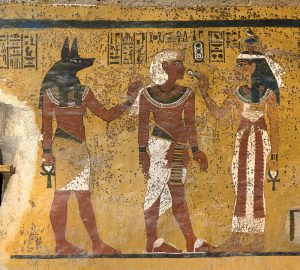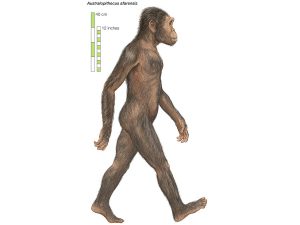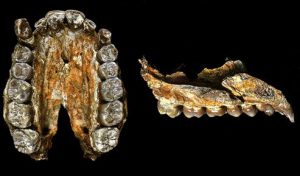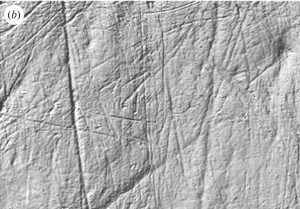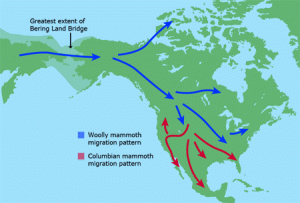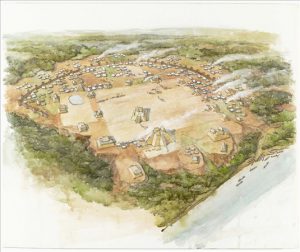As the runners take their places, each waving to the camera as her name is announced, two aspects of the professional athletes’ physical appearance become apparent: one, all the 400 meter runners are incredibly muscled and lithe, and two, there is one single runner with much lighter skin tone than the others. Why do the arenas of certain professional sports appear to be unbalanced? Are people with certain skin colors genetically predisposed to possess greater athletic prowess?

Women’s 400 meter final, London Olympic Games 2012
While some point to genetics, others highlight culture for explanation. In his book Taboo, journalist Jon Entine posits that genetic differences among groups of people, or “races,” predispose certain populations to be better athletes, with minimal cultural influence. However, as Ian Kerr of Western Michigan University rebuts, genetic differences among groups of people do not exclusively account for athleticism. In fact, “scientists cannot find any specific genetic markers that define the characteristics of athleticism (speed, height, strength) in one group or “race” more than any other.” Therefore, while some groups of people may seem to be better at certain sports, such as Kenyan athletes winning the majority of professional long distance running events in the past decade, their athleticism cannot be tied to their skin color. Such superficial classification cannot explain any biological differences that may be thought to account for increased athleticism, because there is no such scientific evidence.

Genomes such as the ones pictured do not reveal a predisposition for athleticism in any group or “race” more than another
Anthropologists and archaeologists have long proved that ancestry does not equate to inferiority or superiority of certain groups of people. According to archaeologist Charles Orser in his work Race and Practice in Archaeological Interpretation, “racialization is a process that seeks to define and compartmentalize the human community on the basis of outward characteristics,” and such a process inevitably leads to “the construction of social inequality.” Genetics do not and cannot validate notions of inferiority or superiority of groups of people. To do so, as civil rights lawyer Vinay Harpalani argues, one would have to prove that, in the case of skin tone in sports: “1) there is a systematic way to define Black and White populations; 2) consistent and plausible genetic differences between the populations can be demonstrated; 3) a link between those genetic differences and athletic performance can be clearly shown.” Harpalani’s three-step system is scientifically unprovable, thereby dismissing claims that certain populations are inherently superior to others.
Therefore, using principles of bioarchaeology, or the analysis of past human remains to understand their larger culture, the belief in the superiority or inferiority of certain populations is debunked. Differences among groups are due to environmental factors, or training, in the case of sports. While cultural pride at times seems to stem from physical differences, true cultural pride should rise from mostly social, cognitive, and traditional roots. Therefore, when next the runners take their marks, they should not focus on the color of their competitors’ skin, but instead on their skill.
Further Reading
- Race and Racism in Archaeology, by Chris Gosden: https://www.jstor.org/stable/40023591?seq=1#page_scan_tab_contents
- The Myth of Racial Superiority in Sports, by Ian B. Kerr: http://scholarworks.wmich.edu/cgi/viewcontent.cgi?article=1027&context=hilltopreview
Sources
- http://scholarworks.wmich.edu/cgi/viewcontent.cgi?article=1027&context=hilltopreview
- Orser, Charles E. Race and Practice in Archaeological Interpretation (2004)
- http://anthropology.columbia.edu/department-history/franz-boas
Images

